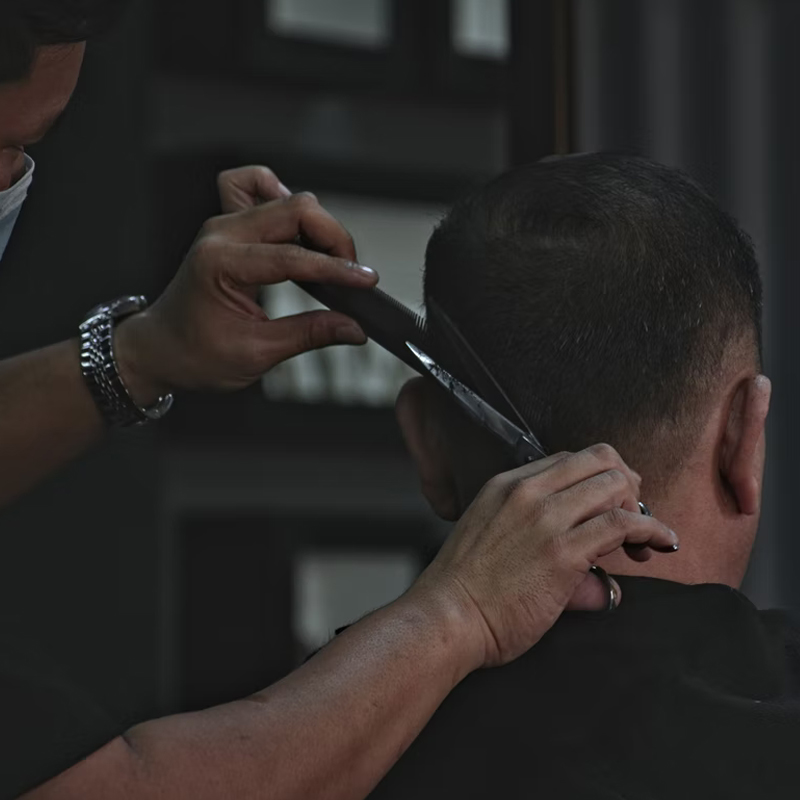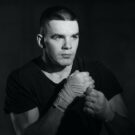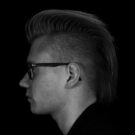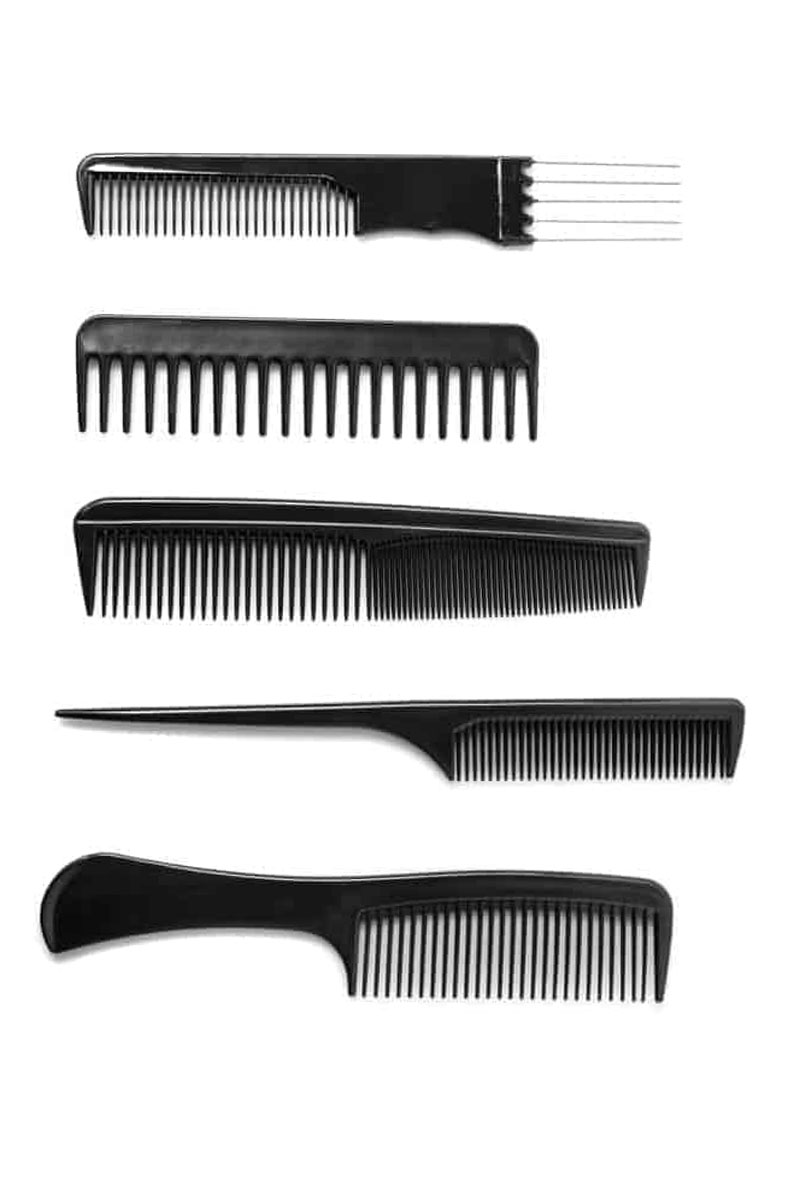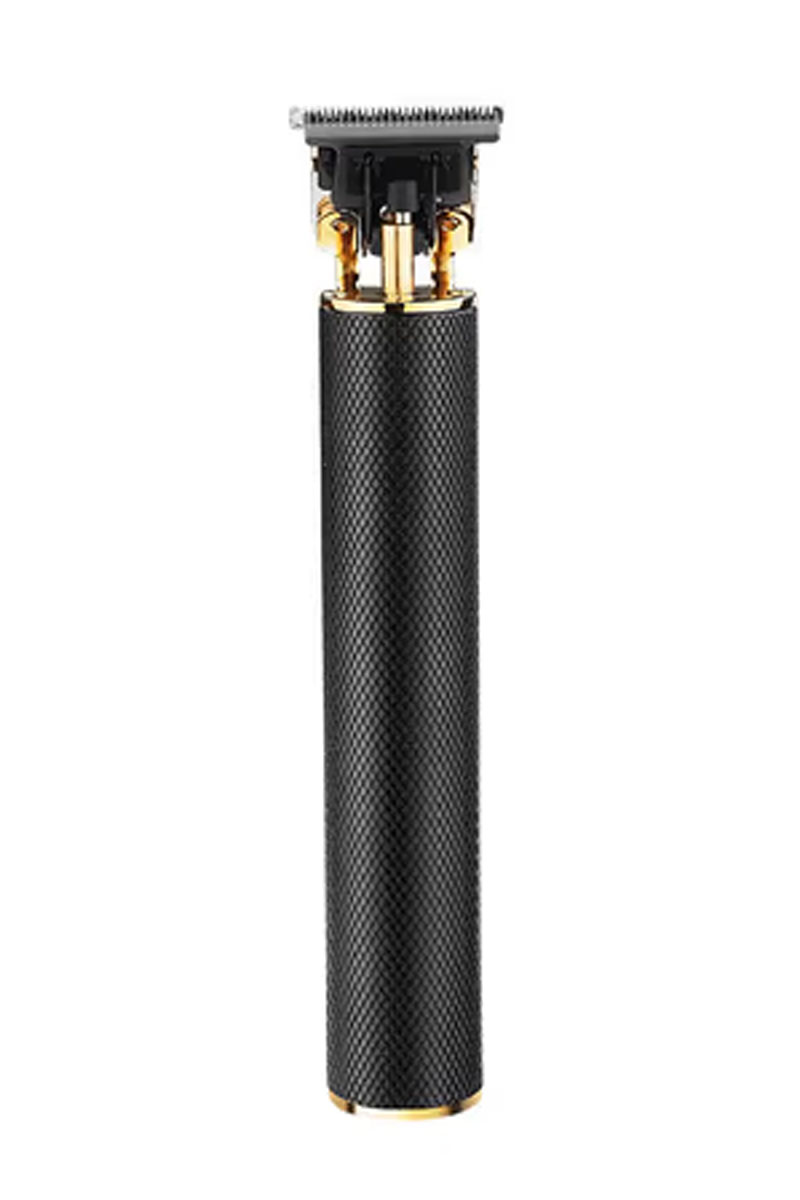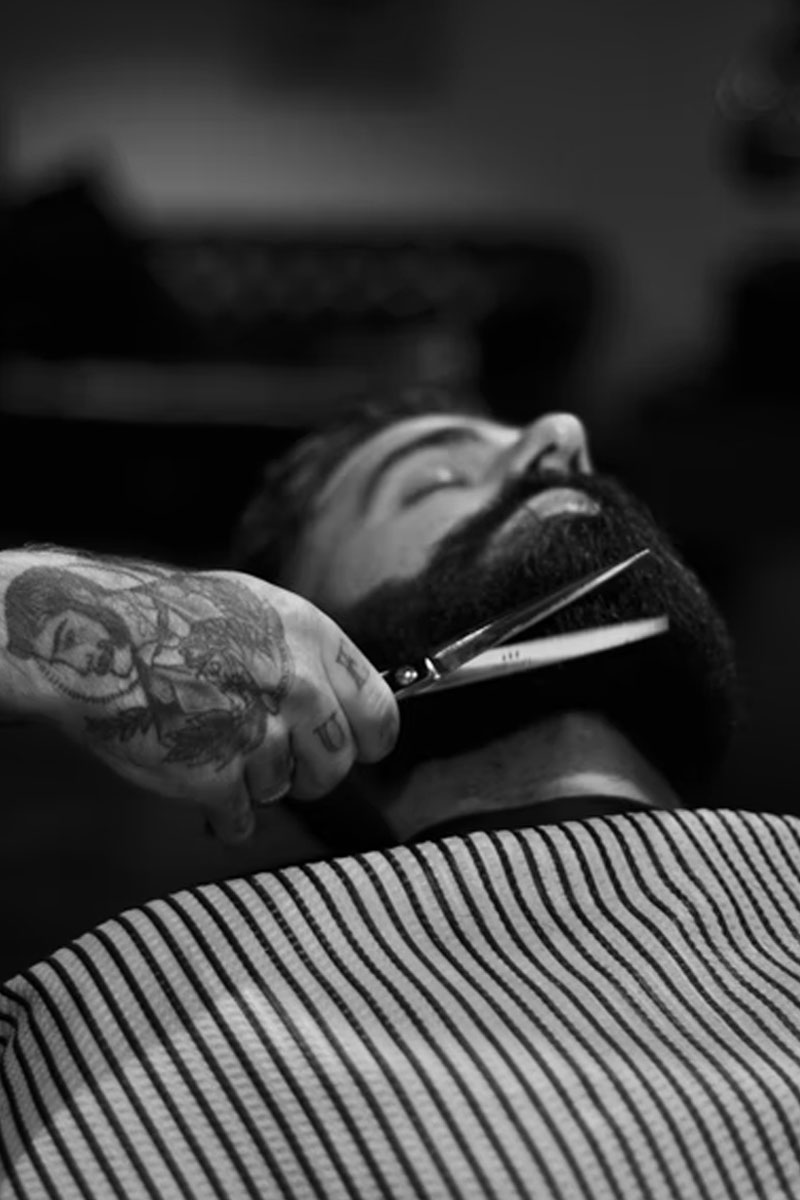Do you ever sit in the barber’s chair, look around and wonder, what is it all for? Various clippers, razors, scissors (of course), pomades, shampoos and other products. What about the different haircuts, everyone has their own style? What is used where and why? Well, here’s your chance to find out as we attempt to explain barbershop terminology.
Tools for the Trade
For the experienced barber, a range of tools will sit within arm’s reach of the chair. Different types of hair require different approaches, different tools and different care.
Fine hair puts up less of a fight with the clippers, thick hair means a different comb. Therefore, it is important for professional barbers to hold multiple variations of many of their tools.
Combs and Brushes
Combs and come in so many shapes and sizes it would be impossible for us to list them all, so here’s a rundown of the most common.
All Purpose – the all purpose has two sides, one thick, one fine. They are great for working on almost any type of hair.
Wide Tooth – a detangling hairbrush, the wide teeth take care of knots and tangles without getting stuck.
Fine Tooth – used for finer hair, or on untangled hair the fine-tooth comb is great for finishing off a look, getting all the hair where it needs to be.
Fade Comb – similar to the all-purpose comb, the fade comb has both fine and thick teeth at opposing ends. The teeth also get shorter towards the fine end, helping barbers reduce the length of a cut.
Pick Comb – perfect for thick, unruly or frizzy hair the thick teeth of the pick comb are commonly used by those sporting an afro.
Clippers, Trimmers and Scissors
Sticking with the basics, there are three types of clippers commonly found in a barbershop.
Detachable Blade – the most common and powerful set of clippers have detachable blades that can be swapped out to change the length of the cut.
Adjustable – sporting a lever on the side, adjustable clippers do exactly what they say on the tin. Adjust. Moving the lever adjusts the length of the guard, making the cut shorter or longer.
T-Blade – a smaller clipper used for trimming around ears, cutting in necklines and beards, the T-Blade takes its name from the shape of the blade. I don’t want to be condescending, so I’ll leave that to your imagination.
Clipper Oil
Clipper oil works to keep the blades from pulling at your hair. Clippers work to cut the hair without pulling at follicles. Keeping the clippers clean and oiled is what allows for this process to continue. If you don’t look after your clippers, they won’t look after the heads of your clients.
The Scissor
Falling second to the comb, the most traditional of all barber’s instruments are the trusty scissor. The most popular is the straight bladed have curved handles making it easy for the barber to navigate your ears.
Thinning shears have serrated teeth meaning they don’t cut all your hair and work to thin the hair out a little, making it more manageable.
Perhaps less scissors, and more blade, is the cut-throat razor. The straight razor is used for shaves and neatening up around the edges. Operated at a 30-degree angle the straight razor is used with short, light strokes and provides a close, clean shave.
Pomades, Shampoos and Other Products
The ever-growing list of products to be found in a barber’s workspace can seem to be spiralling out of control. Perhaps it is, we aren’t sure. We’ve not seen the list for several months as it is lost underneath a pile of pomades.
With hair waxes, gels, sprays and oils, pre-shave and post-shave balms, shampoos, conditioners and powders all regulars in the line-up. Your products are all part of your preparation and presentation.
Blow Dryer, Brush, Cape and Tape
Last but not least are the items that indicate the barbers work is done. Blow drying any wet hair dry, or simply getting rid of any freshly cut loose bits around the edge, brushing around the neck and whipping the cape away. The new you is ready to take on the world, puzzled only, until now, by what all those strange machines were.
Of course there is one last and crucial piece to the barbers , and that is the trusty barbers chair. To check the full list of men's grooming services, click here. To book yourself into one of our trusty chairs for a professional barbers cut, follow this link.
As always, don't forget to #KeepItHandsome
Do you ever sit in the barber’s chair, look around and wonder, what is it all for? Various clippers, razors, scissors (of course), pomades, shampoos and other products. What about the different haircuts, everyone has their own style? What is used where and why? Well, here’s your chance to find out as we attempt to explain barbershop terminology.
Tools for the Trade
For the experienced barber, a range of tools will sit within arm’s reach of the chair. Different types of hair require different approaches, different tools and different care.
Fine hair puts up less of a fight with the clippers, thick hair means a different comb. Therefore, it is important for professional barbers to hold multiple variations of many of their tools.
Combs and Brushes
Combs and come in so many shapes and sizes it would be impossible for us to list them all, so here’s a rundown of the most common.
All Purpose – the all purpose has two sides, one thick, one fine. They are great for working on almost any type of hair.
Wide Tooth – a detangling hairbrush, the wide teeth take care of knots and tangles without getting stuck.
Fine Tooth – used for finer hair, or on untangled hair the fine-tooth comb is great for finishing off a look, getting all the hair where it needs to be.
Fade Comb – similar to the all-purpose comb, the fade comb has both fine and thick teeth at opposing ends. The teeth also get shorter towards the fine end, helping barbers reduce the length of a cut.
Pick Comb – perfect for thick, unruly or frizzy hair the thick teeth of the pick comb are commonly used by those sporting an afro.
Clippers, Trimmers and Scissors
Sticking with the basics, there are three types of clippers commonly found in a barbershop.
Detachable Blade – the most common and powerful set of clippers have detachable blades that can be swapped out to change the length of the cut.
Adjustable – sporting a lever on the side, adjustable clippers do exactly what they say on the tin. Adjust. Moving the lever adjusts the length of the guard, making the cut shorter or longer.
T-Blade – a smaller clipper used for trimming around ears, cutting in necklines and beards, the T-Blade takes its name from the shape of the blade. I don’t want to be condescending, so I’ll leave that to your imagination.
Clipper Oil
Clipper oil works to keep the blades from pulling at your hair. Clippers work to cut the hair without pulling at follicles. Keeping the clippers clean and oiled is what allows for this process to continue. If you don’t look after your clippers, they won’t look after the heads of your clients.
The Scissor
Falling second to the comb, the most traditional of all barber’s instruments are the trusty scissor. The most popular is the straight bladed have curved handles making it easy for the barber to navigate your ears.
Thinning shears have serrated teeth meaning they don’t cut all your hair and work to thin the hair out a little, making it more manageable.
Perhaps less scissors, and more blade, is the cut-throat razor. The straight razor is used for shaves and neatening up around the edges. Operated at a 30-degree angle the straight razor is used with short, light strokes and provides a close, clean shave.
Pomades, Shampoos and Other Products
The ever-growing list of products to be found in a barber’s workspace can seem to be spiralling out of control. Perhaps it is, we aren’t sure. We’ve not seen the list for several months as it is lost underneath a pile of pomades.
With hair waxes, gels, sprays and oils, pre-shave and post-shave balms, shampoos, conditioners and powders all regulars in the line-up. Your products are all part of your preparation and presentation.
Blow Dryer, Brush, Cape and Tape
Last but not least are the items that indicate the barbers work is done. Blow drying any wet hair dry, or simply getting rid of any freshly cut loose bits around the edge, brushing around the neck and whipping the cape away. The new you is ready to take on the world, puzzled only, until now, by what all those strange machines were.
Of course there is one last and crucial piece to the barbers , and that is the trusty barbers chair. To check the full list of men's grooming services, click here. To book yourself into one of our trusty chairs for a professional barbers cut, follow this link.
As always, don't forget to #KeepItHandsome

